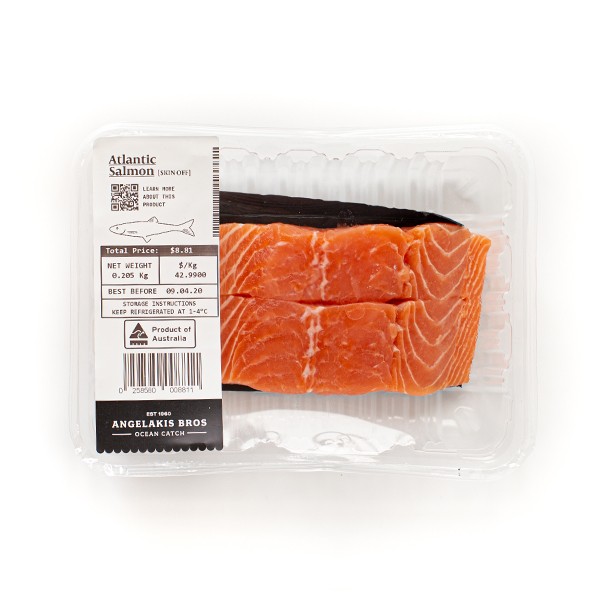When it comes to seafood, freshness is paramount. Whether you’re a seasoned seafood enthusiast or a first-time fish buyer, knowing how to check the freshness of fish is essential to ensure a delicious and safe culinary experience. In this article, we will explore the various methods you can employ to determine the freshness of fish when making a purchase.
1. Trust Your Senses
The first and most reliable method for checking fish freshness is to trust your senses: sight, smell, and touch. Here’s what to look for:
- Appearance – Fresh fish should have bright, clear eyes. They should not appear cloudy or sunken. The flesh should be firm, moist, and spring back when you press it gently. Avoid fish with discolored or brown spots on the skin.
- Smell – Fresh fish should have a clean and slightly briny odor, reminiscent of the ocean. Avoid fish with a strong aroma, ammonia-like or sour smell, which can indicate spoilage.
- Texture – The flesh should feel slightly slippery but not slimy. It should have a resilient texture and not mushy.

2. Check the Gills and Scales
If you have access to the whole fish, examining the gills and scales can provide valuable insights into its freshness:
- Gills – Lift the gill cover and inspect the gills. They should be bright red or pink and free from slime. If the gills are brown, gray, or have a slimy coating, it’s a sign of deterioration.
- Scales – Run your fingers over the fish’s scales. They should be tight against the skin and should not flake off easily. Loose or easily detachable scales can indicate old or mishandled fish.

3. Ask Questions
When buying fish from a fishmonger or market, don’t hesitate to ask questions about the fish’s origin, handling, and freshness. A reputable seller will be happy to provide this information, and their knowledge can be a valuable resource in ensuring the fish’s quality.

4. Check the Sell-By Date
If you’re buying pre-packaged fish from a supermarket, always check the sell-by or use-by date on the packaging. Choose the products with the furthest date in the future to ensure maximum freshness.

5. Look For Certification
When purchasing seafood, particularly if you’re concerned about sustainability, look for certifications like the Marine Stewardship Council (MSC) label or the Aquaculture Stewardship Council (ASC) label. These certifications indicate that the fish has been sourced and handled in an environmentally responsible and sustainable manner.

6. Frozen Vs. Fresh
Fresh fish is not always the most convenient option. Frozen fish can be an excellent alternative, especially if you don’t live near the coast. When buying frozen fish, ensure the packaging is intact and free from ice crystals, which can indicate improper storage or thawing.

Food for thought...
Checking the freshness of fish when buying is an essential skill for any seafood lover. By trusting your senses, examining the fish’s appearance, smell, and texture, and asking questions when needed, you can confidently select the freshest and best-quality fish for your next dish. So, next time you venture to the fish market or supermarket, apply these tips to ensure your seafood dishes are a delight to the senses and a testament to your culinary expertise.
